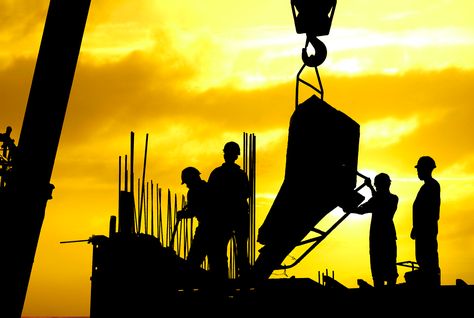Design and build - pros and cons
Design and build is a term describing a procurement route in which a single contractor is appointed to design (or complete the design) and then to construct the works. This is as opposed to a traditional contract, where the client appoints consultants to undertake the design and then a contractor is appointed to construct the works.
Design and build can be advantageous in terms of time as it allows the overlap of design and construction reducing the overall project delivery time.
The fact that there is a single point of responsibility for the client to deal with once the contract is awarded can also make things simpler. The client is also able to engage with the contractor and their design team or supply chain earlier in the design process to try and achieve a more practical or buildable solution if necessary.
In terms of cost, it allows the client a certain amount of control as the contractor generally agrees to take on responsibility for the design and construction for a pre-agreed price. This means that the contractor takes on much of the financial risk (which may be reflected in the price). However, as the contractor is responsible for the design, they may make cost savings here (which can impact on quality).
Under some design and build contracts, the design team will be novated to the contractor, which can benefit quality (ie they transfer from working for the client to working for the contractor). This can be beneficial to the client as it maintains continuity between pre-tender and post-tender design whilst leaving sole responsibility for designing and building the project with the contractor. However, it can leave them without suitable independent advisors to help them oversee the developing design and then the construction. For more information, see Novation.
There are some disadvantages to the design and build procurement route. In terms of quality, the contractor may exploit a specification that is open to interpretation and choose the cheapest route. This can mean that quality may be compromised if the employer’s requirements do not adequately ensure the anticipated specifications are adhered to.
There is also the risk that the client may have to pay more if the contractor has to take on an unreasonably high level of risk due to a lack of design clarity when tendering. In terms of design flexibility, it is also important to consider that any request for changes will have cost and time implications.
[edit] Related articles on Designing Buildings
- Construction contract.
- Construction management contract.
- Design and build.
- Design build operate (DBO).
- Design build operate maintain DBOM.
- Design liability.
- Employer’s requirements.
- JCT Design and Build Contract.
- Management contracting - pros and cons.
- Novation.
- Procurement route.
- Traditional contract - pros and cons.
Featured articles and news
Infrastructure that connect the physical and digital domains.
Harnessing robotics and AI in challenging environments
The key to nuclear decommissioning and fusion engineering.
BSRIA announces Lisa Ashworth as new CEO
Tasked with furthering BSRIA’s impressive growth ambitions.
Public buildings get half a million energy efficiency boost
£557 million to switch to cleaner heating and save on energy.
CIOB launches pre-election manifesto
Outlining potential future policies for the next government.
Grenfell Tower Inquiry announcement
Phase 2 hearings come to a close and the final report due in September.
Progress from Parts L, F and O: A whitepaper, one year on.
A replicated study to understand the opinion of practitioners.
ECA announces new president 2024
Electrical engineer and business leader Stuart Smith.
A distinct type of countryside that should be celebrated.
Should Part O be extended to existing buildings?
EAC brands heatwave adaptation a missed opportunity.
Definition of Statutory in workplace and facilities management
Established by IWFM, BESA, CIBSE and BSRIA.
Tackling the transition from traditional heating systems
59% lack the necessary information and confidence to switch.
The general election and the construction industry
As PM, Rishi Sunak announces July 4 date for an election.
Eco apprenticeships continue help grow green workforce
A year after being recognised at the King's coronation.
Permitted development rights for agricultural buildings
The changes coming into effect as of May 21, 2024.























Comments